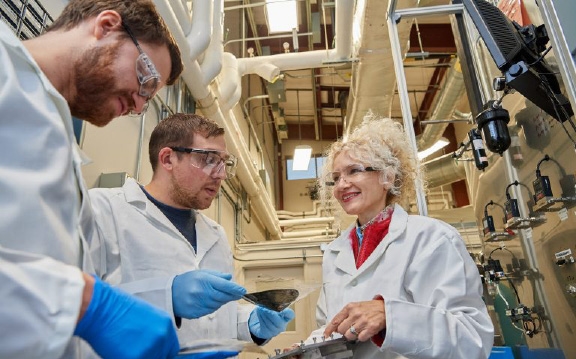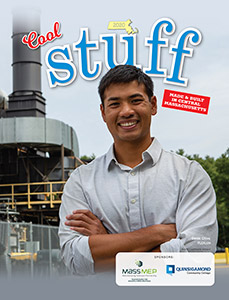An ambitious plan to lure more top-flight researchers to the University of Connecticut and monetize their work via startups and new companies is one step closer to reality.
A proposal authorizing $47 million in bond funds over five years for what UConn officials have termed “innovation faculty hires” was added to a bonding bill that cleared the state House and Senate during the now-closed legislative session. To take effect, the bill still must be signed by Gov. Ned Lamont and approved by the state Bonding Commission.
UConn wants to use the money to hire 10 new elite faculty members and fund their ventures, with the expectation those efforts would attract support from private and federal government sources and eventually launch new companies and create jobs, said Carl Lejuez, the school’s provost and executive vice president for academic affairs.
“These are unicorns,” Lejuez said. “These are special individuals who are well-versed in what it means to develop viable companies.”
“What I like about this is that it fits with things that we care a lot about, things that we want to do even more effectively,” he said. “This allows us to go much deeper.”
Funding for faculty-led projects would be disbursed at different stages of development, including during the proof-of-concept phase and later as faculty members build up the “entrepreneurial ecosystem” necessary to continue their work, which could include access to lab spaces and the purchase of equipment and instruments. The startups would also be eligible for early- and later-stage venture capital funding.
“Connecticut is known as a defense state,” Maric said. “We build planes and submarines. But we’re looking at what is next and what makes us attractive. And what makes us attractive is having faculty innovators and students studying under those innovators.”
Maric offered the example of Robert Langer, a chemical engineer and inventor based at the Massachusetts Institute of Technology. Langer holds thousands of patents and has been involved in the creation of dozens of companies, and his research laboratory at MIT has grown to become the largest academic biomedical engineering lab in the world.
“We know that faculty have been successful in other places, and that’s what we’re going to try to replicate here,” she said.
The idea of laying out a sizable chunk of funding upfront to recruit highly experienced entrepreneurial researchers has been gestating within UConn’s upper levels for at least a couple of years.
That plan, backed in part by funding from Connecticut Innovations, ultimately received state approval, but its implementation was largely delayed by the start of the COVID-19 pandemic. Maric said that program will now complement the innovation faculty hires.
“It’s going to take different sources to get us where we want to be,” she said.
Provided the new funding is approved, Maric said, the university plans to start working immediately to identify potential candidates for the program, as it will likely take some time for the school to make its pitch to those researchers and then oversee their move to UConn if they accept the offer.
Each department will form a search committee to identify sub-fields of particular interest and then coordinate with the university’s research commercialization office to help guide the selection and recruitment process.
“We have had documented, extensive success in these areas,” he said. “We have a muscle memory to build on here.”
Banerjee, who himself relocated to UConn from the Oregon Health & Science University, said the school’s long-term goal is for the 10 faculty members to become ambassadors for the school, promoting the university and Connecticut through their academic and professional networks. He also believes they could help drive a sea change in the way UConn professors relate to the private sector.
“There’s a gap between faculty and entrepreneurs — the lifestyle is very different,” he said. “But if more faculty see that their colleagues are getting involved and becoming entrepreneurs and expanding on their research in that way, it could encourage them to do the same. Gradually it changes the culture of the faculty.”



